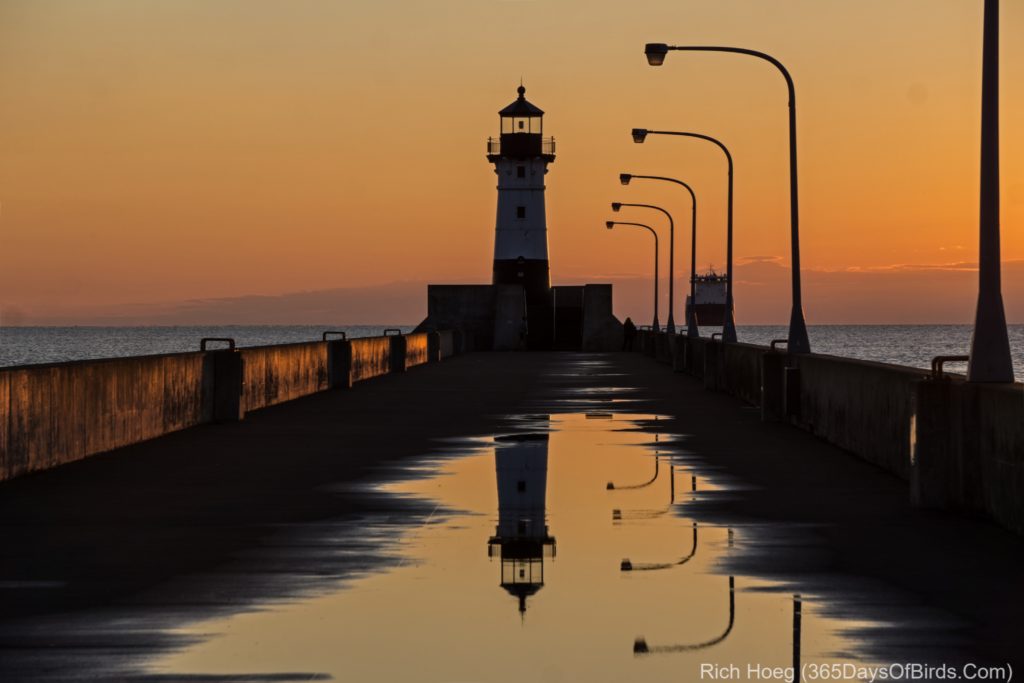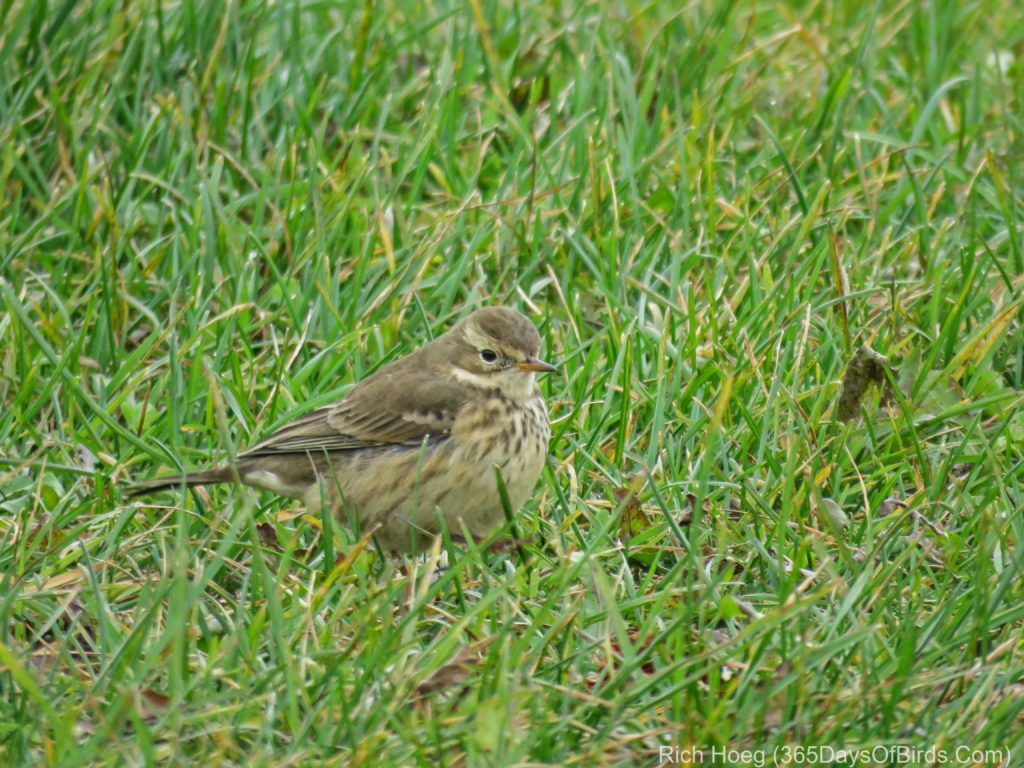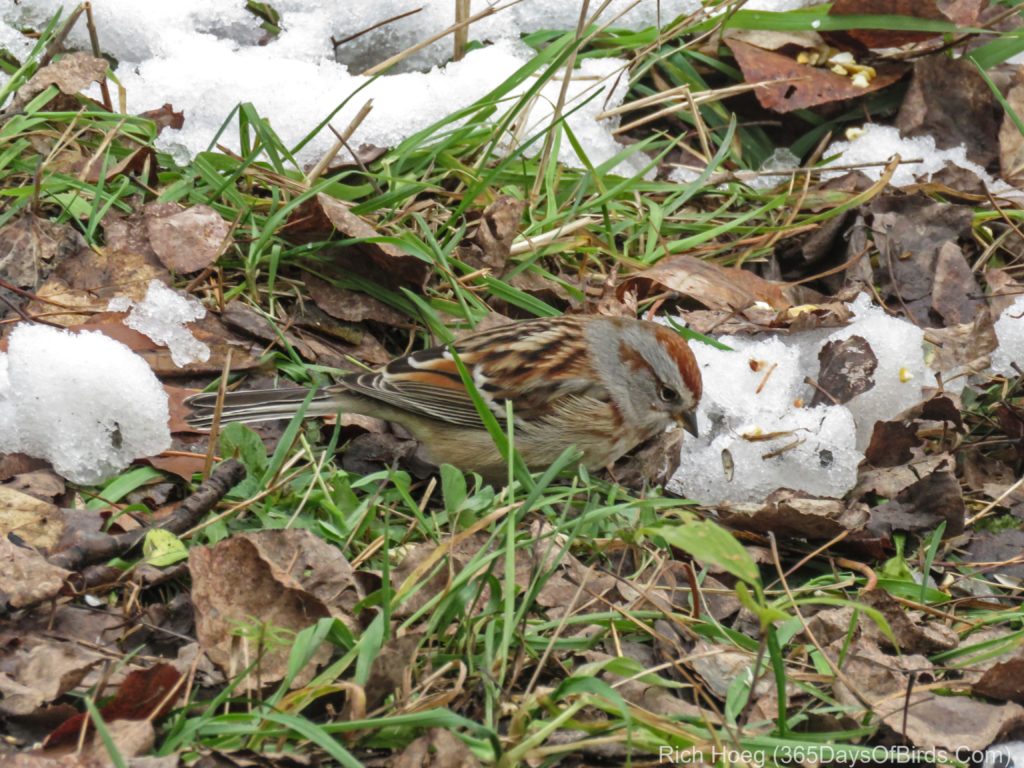This blog post tells the tale of saving Silver, the Snowy Owl!
Yesterday morning while hiking in a open field, looking for another rare bird, I came around a bend in the trail and found myself “face to face” with a Snowy Owl. The owl was only ten yards away. Given it was a reasonable period after sunup, the owl appeared very sleepy, which was normal. I stayed motionless and took photographs, careful not to disturb the owl’s slumber.
Returning home I posted a photo of the owl to my friends on Facebook. Jason commented on some “orange” he noticed under the wing and wondered if the owl was injured. As the nearest highway was over two miles away, I felt a car / bird collision was not likely. The owl would have had to fly quite a distance to reach the area where I had discovered the bird. Not only was the Snowy’s location normal, it was actually excellent habitat for an owl. However, I had also noticed the orange under the wing, and although there was no evidence of blood on the snow, I resolved the to return at dusk and check up on the bird. My goal for the second visit would be to determine if the owl was okay. While snowy owls occasionally hunt during the day, they are really a dusk or night time hunter. Given the number of crows and rough legged hawks in the area which would be happy to attack an owl, it made sense to me that this owl would choose to wait till dark to hunt.
When I returned an hour before sundown on a gloomy day, the owl had not moved. I decided to perform some tests which one would normally never do with a bird. I yelled loudly, and clapped my hands. The owl barely looked at me. I knew this bird needed help.
My first decision was to phone Wildwoods Rehabilitation Center in Duluth. They have a history of helping wild animals and birds. Unfortunately Wildwoods was closed for the day. I then called my friend, Michael Furtman and asked what I should do. I was not willing to walk away from this wounded bird. Mike gave me the phone number for the local game warden, but also suggested I phone Frank Nicoletti. Frank is the bander for Hawk Ridge, and is one of the naturalists at Sax Zim Bog where I help out as a volunteer.
Connecting with Frank by phone, he told me given my remote location (35 miles north of Duluth), I would have to capture the owl myself. I told Frank I was terrified of the owl’s talons, but Frank coached me through the capture. The key was to come up behind the bird, slowly lower a blanket over the owl, and grab the Snowy from behind. As talons only move forward, the owl is not be able to sink its talons into you.
Frank was 100% correct. With my heart beating madly I walked up behind the owl till I was right behind it. Remembering that a pet bird I had as a child would calm down when a towel was placed over its cage at night, I hoped a blanket would have the same effect on the owl. Thus, I very slowly lowered the blanket over the Snowy Owl and grabbed it. Thankfully, the owl did not struggle much, but now I needed to put the owl in my car and drive 40 miles to Wildwood. Ever had an owl riding shotgun in your car? It is an interesting experience!
Thankfully, Frank knows the head person over at Wildwoods very well. Farzard from Wildwoods met me and opened up their Center. You might think all was done with my experience, but noooooooo!
A second pair of hands was needed to assist in owl surgery. Thus, I found myself at first holding an anesthesia mask over the owl’s beak and nose … and then an oxygen mask. All the while I was to monitor the Snowy’s breathing and insure it stayed constant … not to fast … or to slow indicating we might be losing the bird.
I am happy to report our Snowy, now named “Silver” by me, survived the operation. Later this morning I will drive Silver 160 miles south to the Raptor Center in St. Paul which is part of the University of Minnesota. Silver will continue its recovery and treatment at the Center. My Snowy Owl’s outlook is good, and best yet it does not have any broken bones. The owl was not starving, proving it is a decent hunter, but had the misfortune to meet up and have a glancing blow with a car or some other hard object … which thankfully it seems to have survived intact.
During today’s drive down to the Twin Cities, the owl will be in a cage unlike this evening’s drive. Thanks to everyone who helped; I will provide updates on Silver, the Snowy Owl’s recovery. (Update: Unfortunately despite everyone’s best efforts, Silver did not survive.
Please consider a tax free donation to any of the fine organizations linked in this post. All of these organizations support our efforts to enjoy and save our natural world.
A Photo of “Silver” the Snowy Owl taken yesterday morning.






















